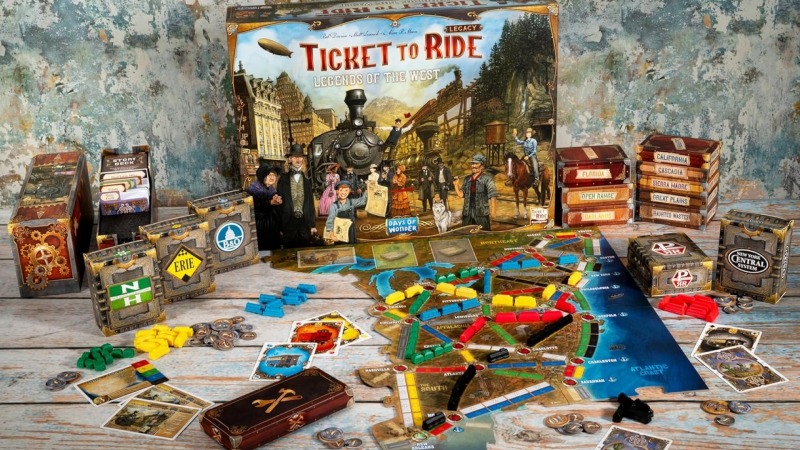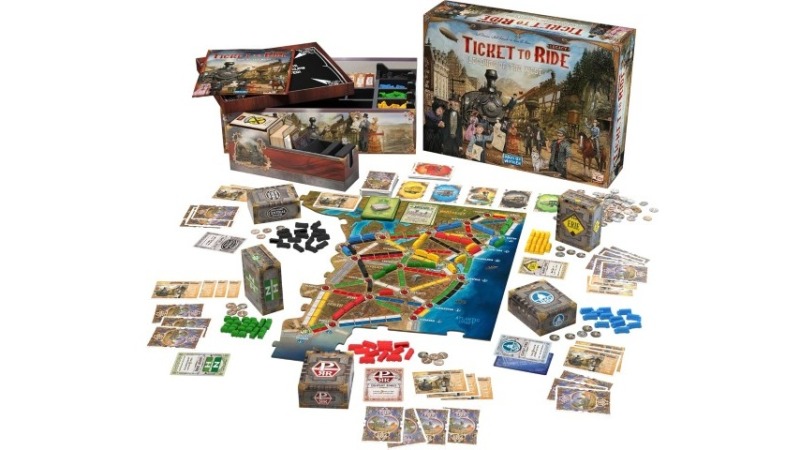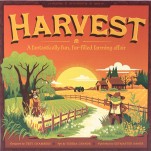Ticket to Ride Legacy: Legends of the West Proves There’s Still Life in Legacy Games

Legacy games are tough to pull off; they require a lot of writing and creativity, for one thing, but they also need to add something to the base game they’re altering to make into a legacy title. (Original legacy games, like Charterstone, are in their own little niche.) The announcement in 2023 that there was a Ticket to Ride Legacy game coming seemed more like a cash-grab than anything else, since Ticket to Ride itself is such a lovely, simple game, one that you can teach in five minutes and that works with players of almost all ages—one that turning this into a legacy game would likely rob of everything that makes it work.
Of course, I’m saying all of that as a preface to a glowing review, because Ticket to Ride Legacy: Legends of the West is actually fantastic in just about every way. Honestly, my only complaint here is that there’s too much good content included in the box; you do hit a point between games six and eight (the whole campaign is 12 games) where you will probably have a lot of new rules in play at once, and managing all of that is a tiny, tiny hassle. It’s still really true to the spirit and feel of the original, and also brings in a few of the twists we’ve seen in the eleventy expansions and spinoffs that have followed the base game.
When you begin Ticket to Ride Legacy, you’re working just in the northeast portion of the United States in the years right after the Civil War. After each game, you’ll add a new part of the map of the U.S., and then will open a box that adds some new rules and cards to whatever you’re already working with—the order in which you add these things changes your experience, but it’s designed in such a way that any order will work. I won’t spoil any of the specifics of the new boards and boxes, but I can say that some of these are mechanics we’ve seen in other Ticket to Ride games or boards, and some are entirely new.
One of the new mechanics that’s in play from the start is that tickets, the route cards you try to complete for points in each game, can expire. Some are removed from the game permanently if they’ve been completed once; some are removed if the same player completes them twice. And some of these tickets then give the player who “retires” them a bonus in the form of a “postcard,” which then becomes part of their permanent stash and can give ongoing benefits or limited-use bonuses or end-game points. This helps freshen up the stack of tickets as you move along, removing some of the shorter routes that are limited to the northeast and make more room in the deck for new, longer routes that add destinations from the newer parts of the board.
-

-

-

-

-

-

-

-

-

-

-

-

-

-

-

-

-

-

-

-

-

-

-

-

-

-

-

-

-

-

-

-

-

-

-

-

-

-

-

-









































